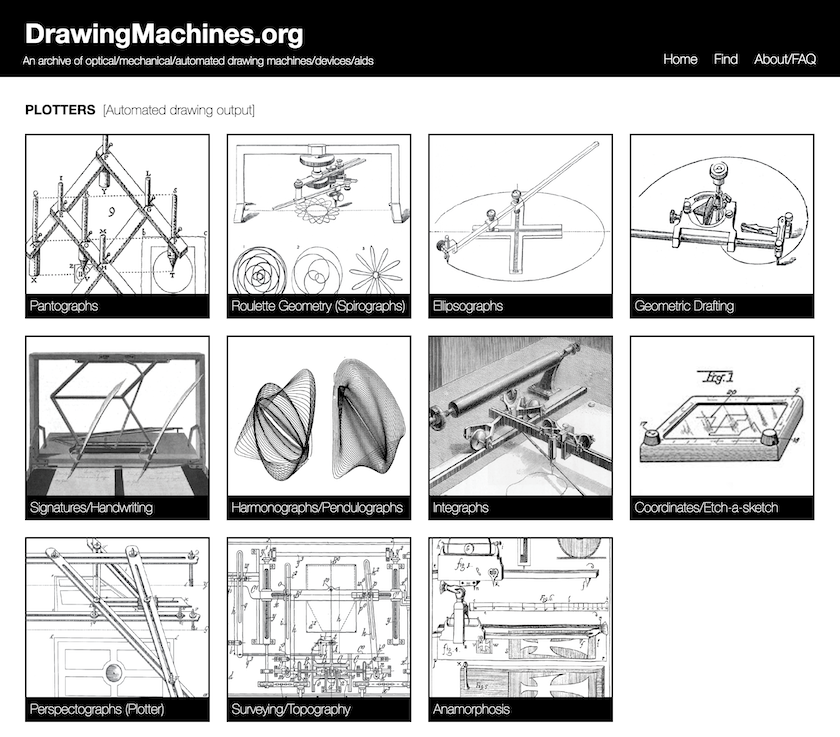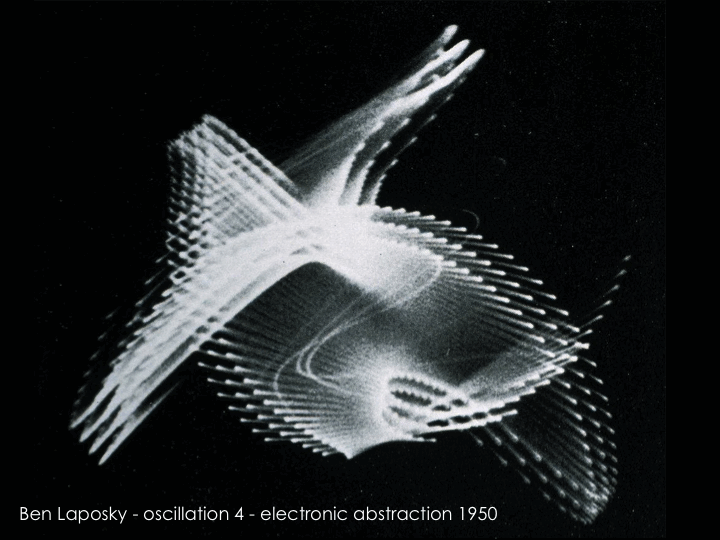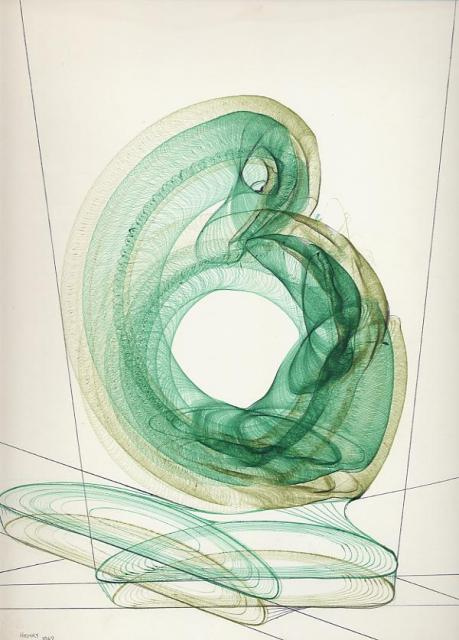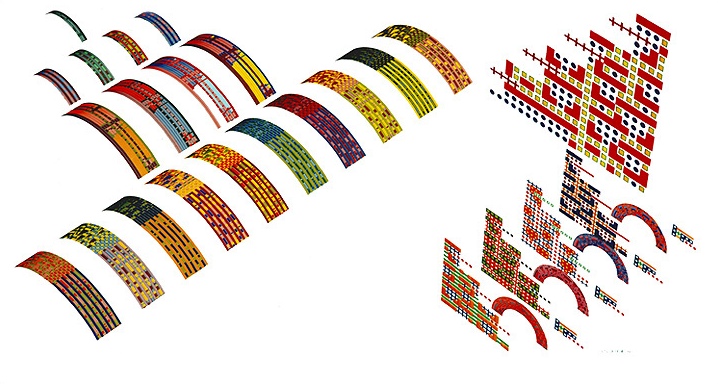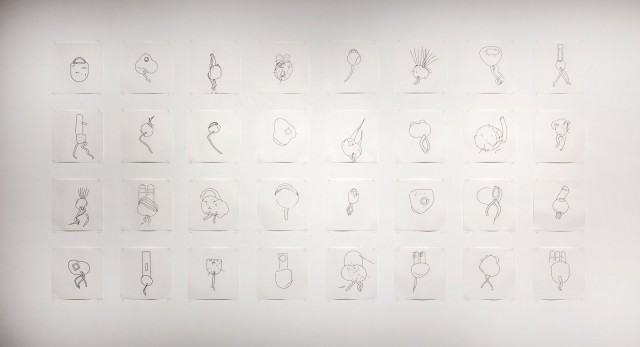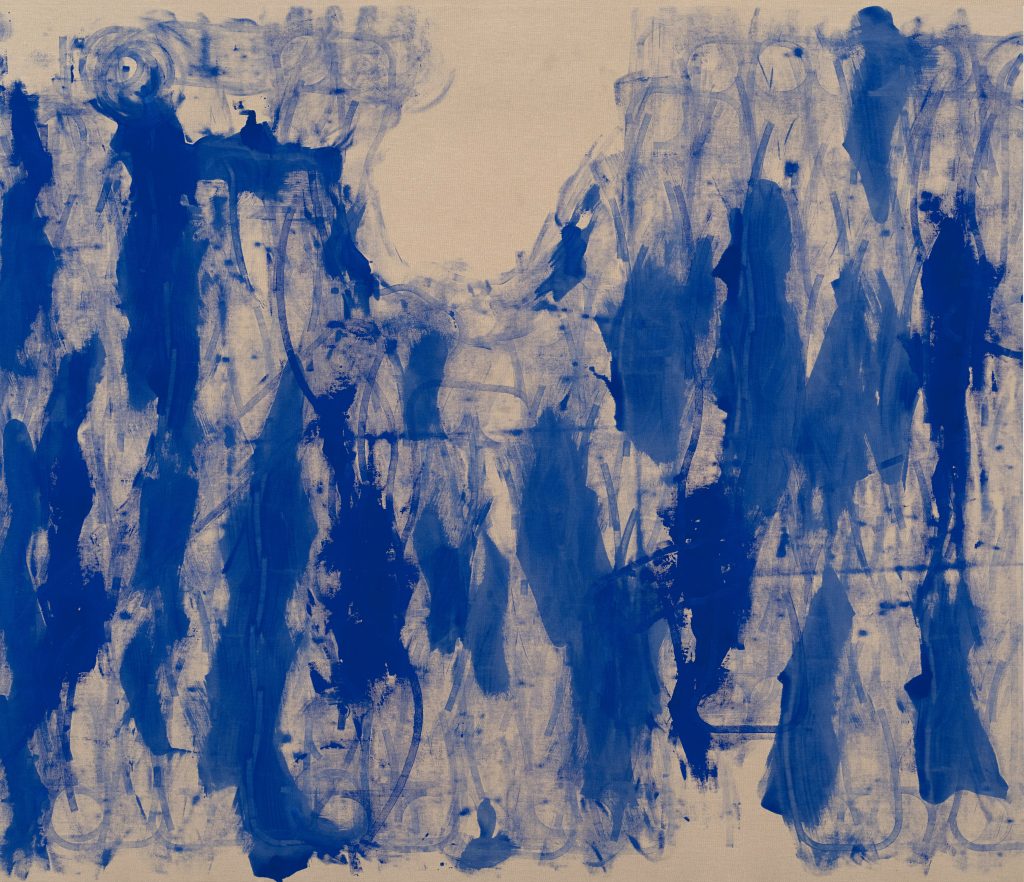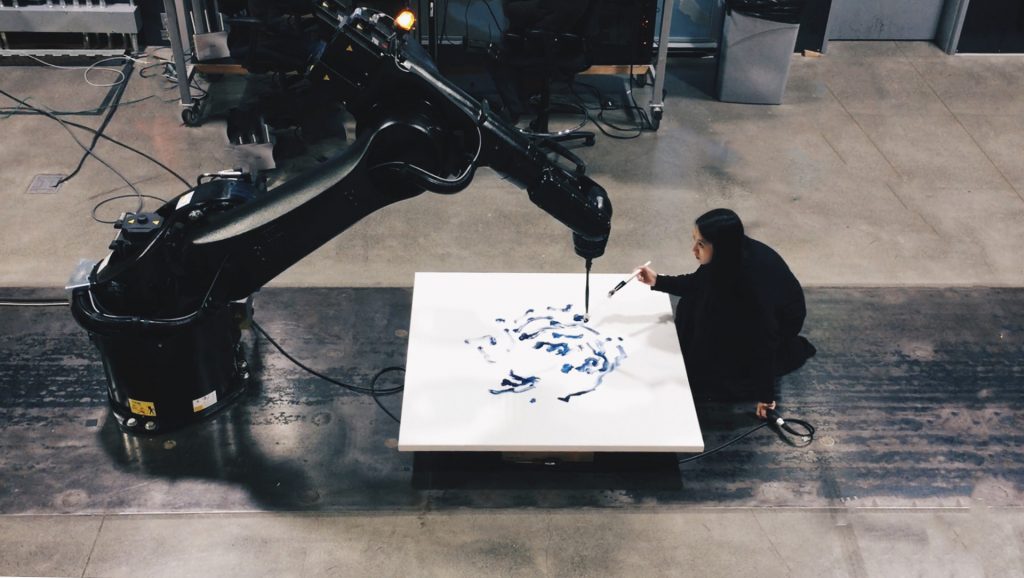Notes from here:
Drawing Machines and Performed Images — before Computers
Drawing machines and the performance of live imagery have a long histories.
DrawingMachines.org by Pablo Garcia documents hundreds of mechanical machines from 1500-1900.
Thomas Wilfred performed his Lumia and Clavilux machines in the 1920s.
Mary Hallock-Greenewalt (1871 – 1950) “was an artist/inventor who was active during the first half of the 20th century. After beginning her career as a concert pianist, she became interested in the performance of light and color in addition to music. She went on to design and perform custom electric visual instruments that displayed colored light.”
She called her color organ instrument the “Sarabet” after her mother, and she called the medium of temporal light, “Nourathar”. Her work required her to invent a number of new technologies. She received nine patents from the US Patent office for them. Among these devices was the mercury tilt switch and the rheostat (dimmer switch), a patent that was infringed by General Electric and other companies.
Tinguely, Swiss kinetic sculptor known for the self destructing machine. In the 50s produced a body of work known as Metamatics. A parody of American action painting.
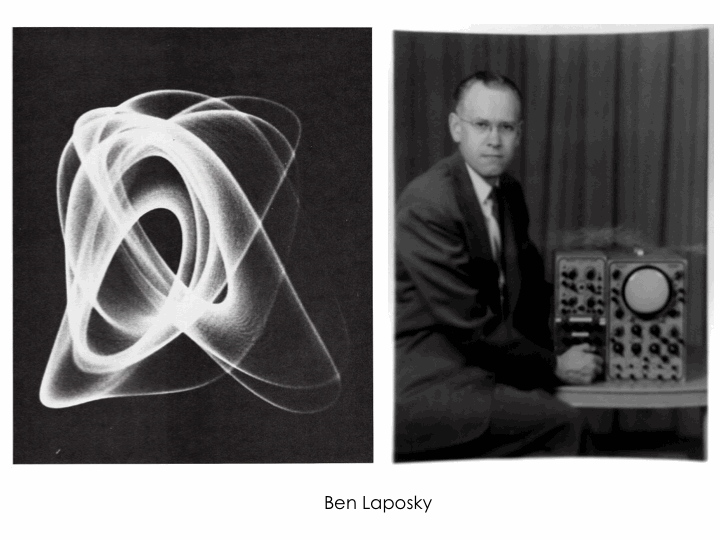 In the same period matematician and artist Ben Laposky (American from Iowa),made the first computer generated images, which he called Oscillons, photographing the output of an oscilloscope.
In the same period matematician and artist Ben Laposky (American from Iowa),made the first computer generated images, which he called Oscillons, photographing the output of an oscilloscope.
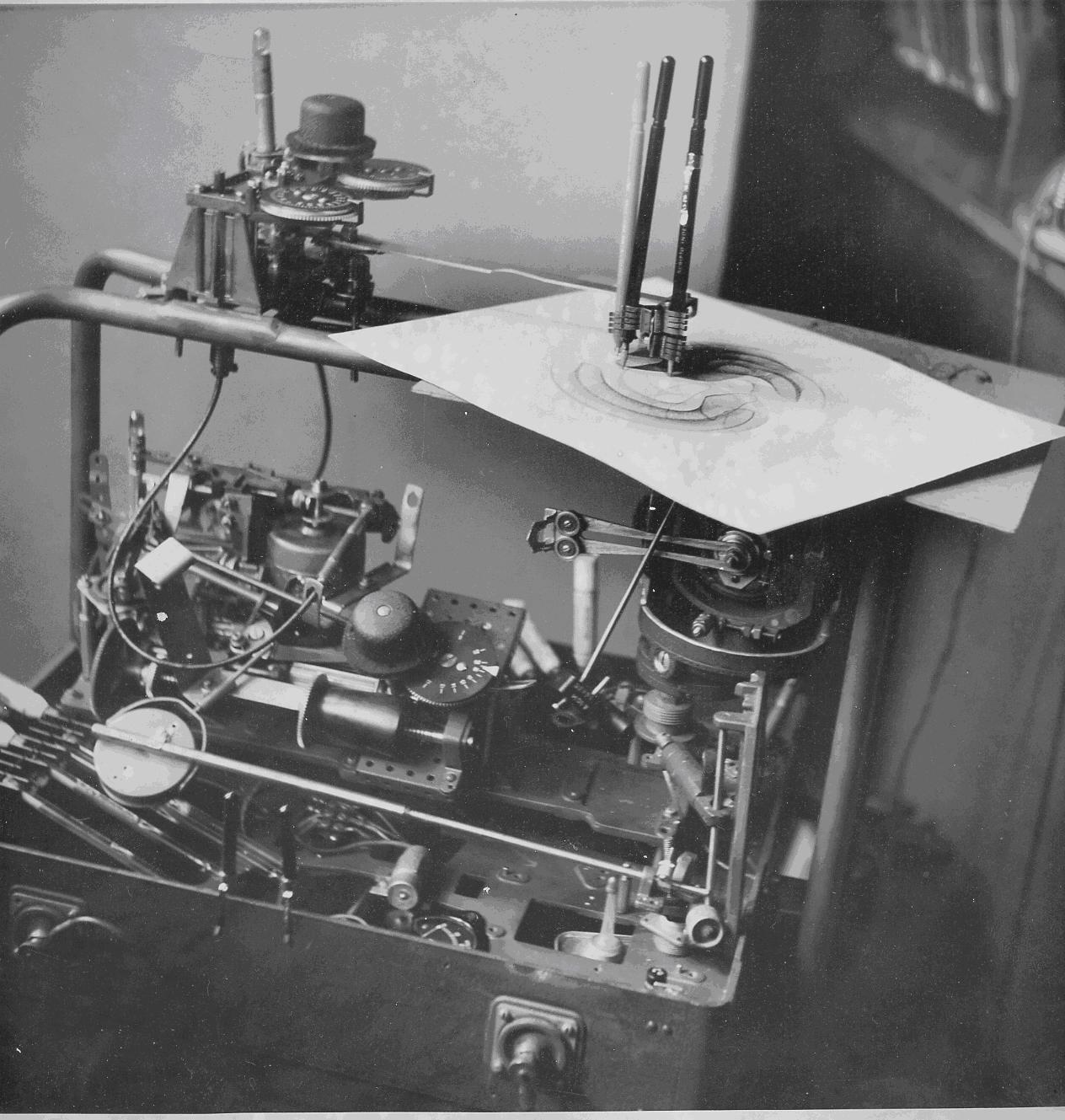
Desmond Paul Henry (British) used bombsight analogue computers which were employed in World War II bombers to calculate the accurate release of bombs onto their target.
These artists seemed to be fascinated by the apparent randomness (unpredictability) of these machines and let them “do their thing”.
On the opposite side of the spectrum there is American Conceptual artist, Sol LeWitt, who didn’t use computers but conceived many of his works as a series of instructions. As if they were meant to be created by machines (art gallery interns).
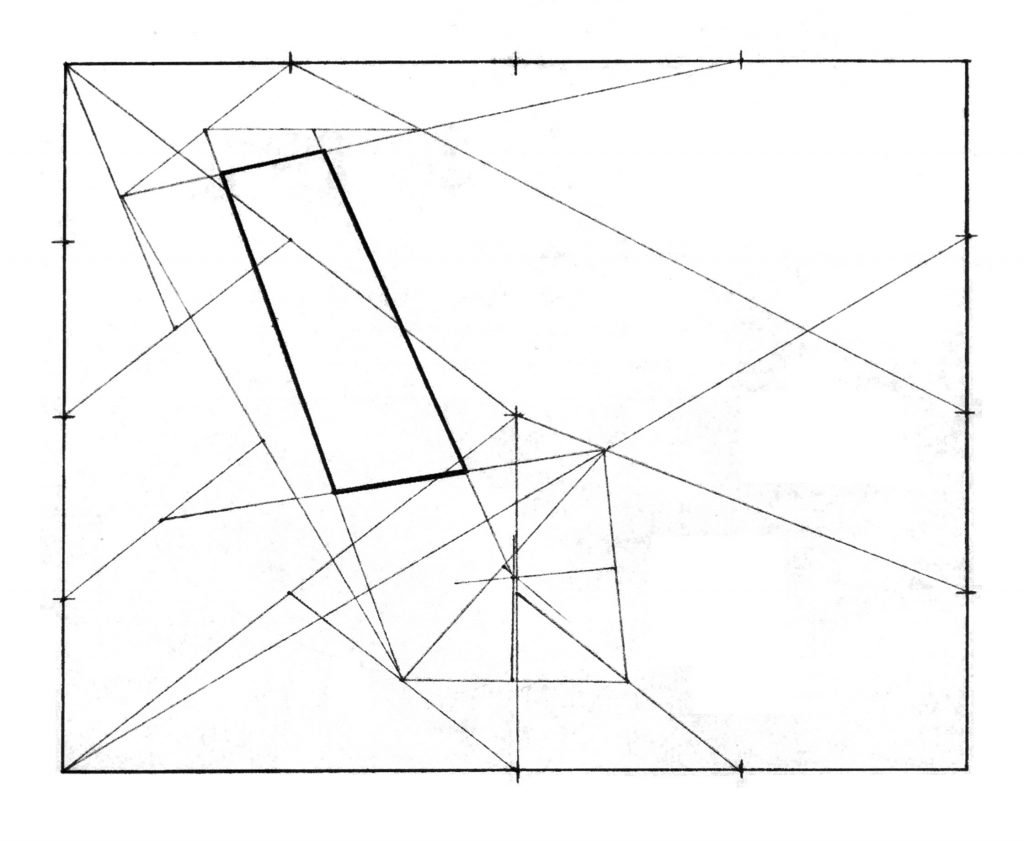 These are accompanied by certificates of ownership that look like this:
These are accompanied by certificates of ownership that look like this:
What is the status of authorship and ownership when the works are just instructions that anybody can execute?
Computer art
Georg Nees. In the mid-60s computers begin to become relatively more accessible and the first printers (plotters) become available.
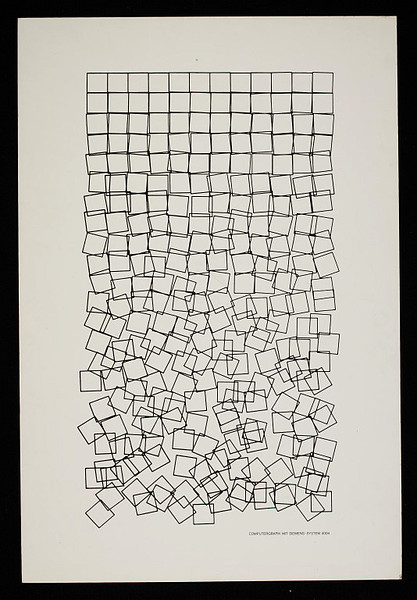 Georg Nees – Schotter 1968. Nees had to write his own graphics libraries. His works often deals with order vs disorder.
Georg Nees – Schotter 1968. Nees had to write his own graphics libraries. His works often deals with order vs disorder.
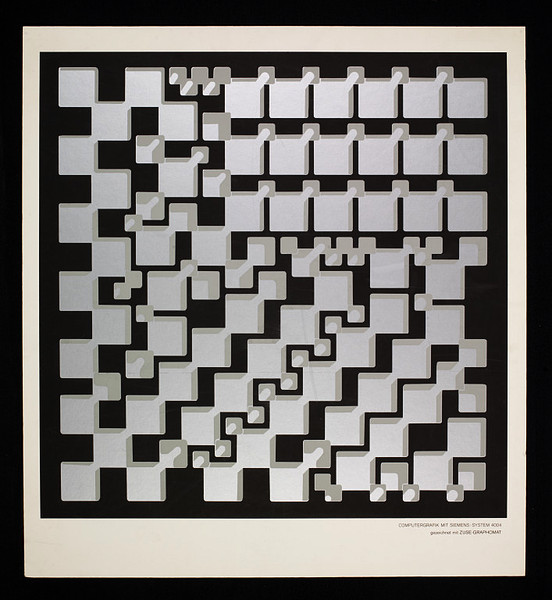 He also made the first known computer-generated sculpture, in 1968, using a computer-controlled milling machine.
He also made the first known computer-generated sculpture, in 1968, using a computer-controlled milling machine.
 Vera Molnar, Interruptions-1968-69. Unlike many early computer artists Molnar came from a traditional art background (abstract painting, rebelling against the figurative education she got in Hungary).
Vera Molnar, Interruptions-1968-69. Unlike many early computer artists Molnar came from a traditional art background (abstract painting, rebelling against the figurative education she got in Hungary).
“The anti-computer response came from several sources, both humanist and anti-humanist. The first originated with mainstream critics whose strong humanist tendencies led them to reproach computerised art for its mechanical sterility. A comparison with aesthetically and theoretically similar art forms of the era reveals that the criticism of computer art is motivated by the romantic fear that a computerised surrogate had replaced the artist. Such usurpation undermined some of the keystones of modern Western art, such as notions of artistic “genius” and “creativity”…. Many within the arts viewed the computer as an emblem of rationalisation, a powerful instrument in the overall subordination of the individual to the emerging technocracy.”
Grant David Taylor, “When the Machine Made Art: The Troubled History of Computer Art 1963-1989”
Mark Wilson – STL D30 (1986) In the 80’s computer generated abstraction grows in complexity. And could be printed in full colors.
Many of these artists are still around but in the 90’s computer art morphed into new media art and interactivity and social engagement became the main focus for artists working with technology.
With the democratization of robotics, drawing machines started to get out of the gallery (see graffiti writer) and became more autonomous.
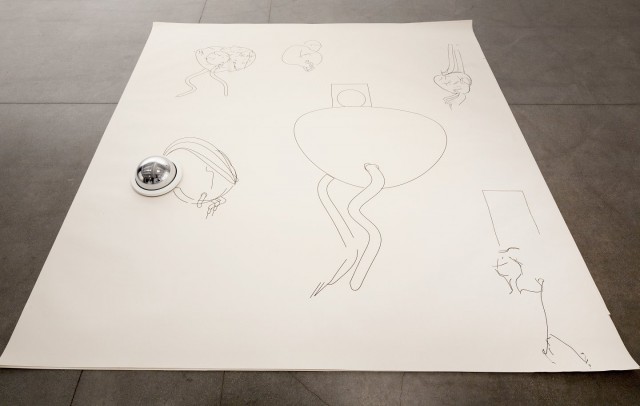
Mechanical Parts by Matthias Dörfelt: a robot that draws randomly generated “connectors” aka robot genitals.
Graffiti Research Lab, L.A.S.E.R. Tag (2004)
Addie Wagenknecht, Alone Together (2017)
Sougwen Chung, Drawing Operations (2015):
Some Interactive Drawing Software
- Ivan Sutherland, Sketchpad (1963)
- Myron Krueger, Videoplace (1974-1990)
- Paul Haeberli, Dynadraw (1989)
- Scott Snibbe, MotionPhone (1995,2008)
- Scott Snibbe, Bubble Harp (1998, 2008)
- Golan Levin, Bluetail (1998)
- Golan Levin, Yellowtail (1998)
- JT Nimoy’s Scribble Variations (2001)
- Amit Pitaru, Sonic Wire Sculptor (2003)
- Amit Pitaru & James Paterson, Rhonda Forever (2003)
Some Drawing Games
- Sloppy Forgeries by Jonah Warren
- Fugpaint by Ben Fry
- Anti-Drawing Machine by Soonho Kwon
- Crayon Physics (2007)
- Draw a Stickman – Draw and create your own character; draw your way out of dangerous situations.
- The Bézier Game
- 90 Second Portraits
- Action Painting Pro

